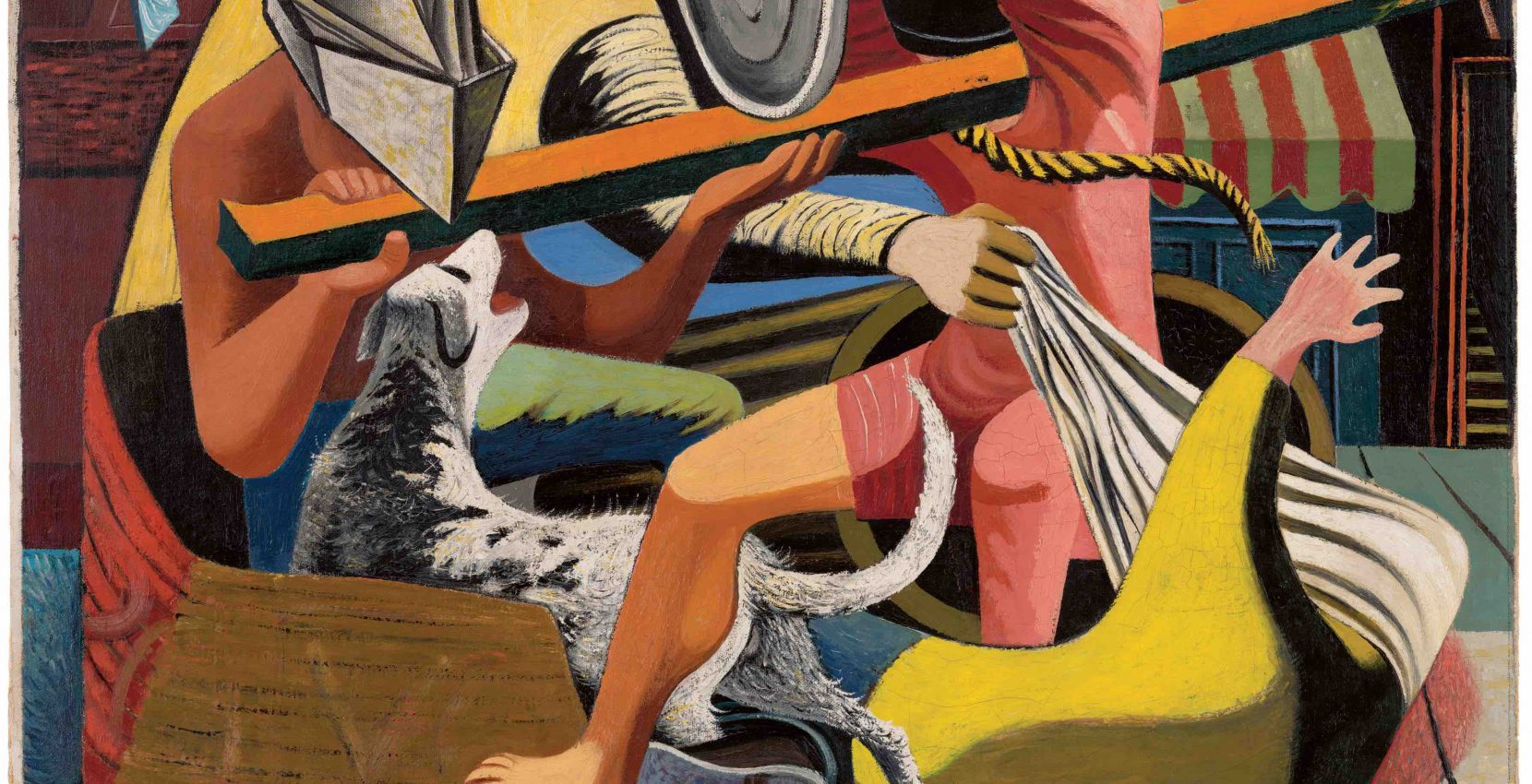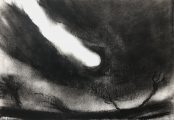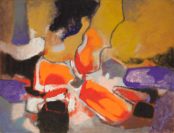No matter one’s artistic taste, it’s hard to dislike Philip Guston’s thinking. After all, the activist-through-art, thinker, muralist and expressionist was expelled from high school in 1928 for, of all things, pamphleteering.
“What’s that?” you say. Well, pre-Internet, paleo-rockers promoted their shows with single-page ‘flyers’. And, going all the way back to 1440, all stripes of activists and agitators promoted their ideas through to-the-point ‘pamphlets’.
Though seemingly inefficient, hardcopy materials linger longer than virtual. They hang around and get read. Ideas are absorbed and told. And retold…
Philip Guston (and Jackson Pollock, his Manual Arts High School classmate) intuitively understood. They railed-via-pamphlet against their school’s short-thrifting the arts in favour of soldiering and sport.
And were honoured with expulsion.
Obviously, neither was heard from again.
End of story. Lesson learned.
Respect authority. Stay in school.
Wrong. The lesson they learned was to teach themselves. Creation, not imitation. From dangerous pamphlets to dangerous canvases, tangible ideas take root. Doing is learning. And so is reading. Exemplified in this 120-page masterpiece from Guston’s daughter, Musa Mayer.
Mayer simply and effectively presents her father’s life and art as a kind of graphic novel triptych: “Early Life and Work: 1913-49”; “Abstraction: 1950–67”; and “Return to Figuration: 1968–1980”. She largely fills the pages with her father’s art, astutely using spare words to tell stories the paintings cannot.

See pages 96–97, accompanied by Guston’s 1978 works: Painter’s Forms II (1978) and The Line (1978) : “Guston tired of being asked about the meaning of his imagery, especially the leg and shoes. These strange forms were a mystery to him too, and resisted easy explanation. He felt like an explorer, uncovering rather than setting out to make pre-planned images with specific meanings. He always sought a state of being in which a “third hand” took over the act of creation…”
In those four sentences lies Guston’s essence and Mayer’s genius. Show the art. Provide literary space to imagine. Underpin with snippets of Guston’s own wisdom. Repeat in chronological order. Hack away the ornamental. The source material provides complexity enough.
What does 1978’s Hinged (page 105) mean? Thankfully, neither Mayer nor Guston tells. Instead, his adjacent quote merely reads: “It’s taken me many years, but I’ve come to the conclusion that the only ‘technique’ one can really learn is the capacity to be able to change.” Through his work, this capacity he showed.
Essential attitudes in today’s age of top-down, force-fed whipsawing befuddlement. Considered an intellectual among his peers, Camus-, Kafka- and Kierkegaard-reading Guston would no doubt thrive in 2021 — as “these writers validated the persistent self-questioning and doubt central to his creative practice, the restless dissatisfaction he felt as a painter that led him always to challenge himself”.
Imagine Washington D.C.’s fraidy-cat National Gallery of Art, telling Guston: “We’re postponing your 2020 retrospective until 2024. For context’s sake.” [Due to Guston’s late-period Ku Klux Klan satires and truly sinister early depictions.]
Picture Guston (Montreal-born as Philip Goldstein, 1913 – 1980) cocking his head, raising an eyebrow, and going back to work. Thinking to himself, per page 75, “that’s the only possession the artist has — freedom to do whatever you can imagine.”
Which he absolutely did.
Philip Guston by Musa Mayer is available from Laurence King Publishing now.
Featured image: Philip Guston, Gladiators, 1940. Courtesy of the Museum of Modern Art, New York. Gift of Edward R. Broida © The Estate of Philip Guston.
R. Falk Fisher writes daily. He wished he was somewhere else until he realized he was there.




















